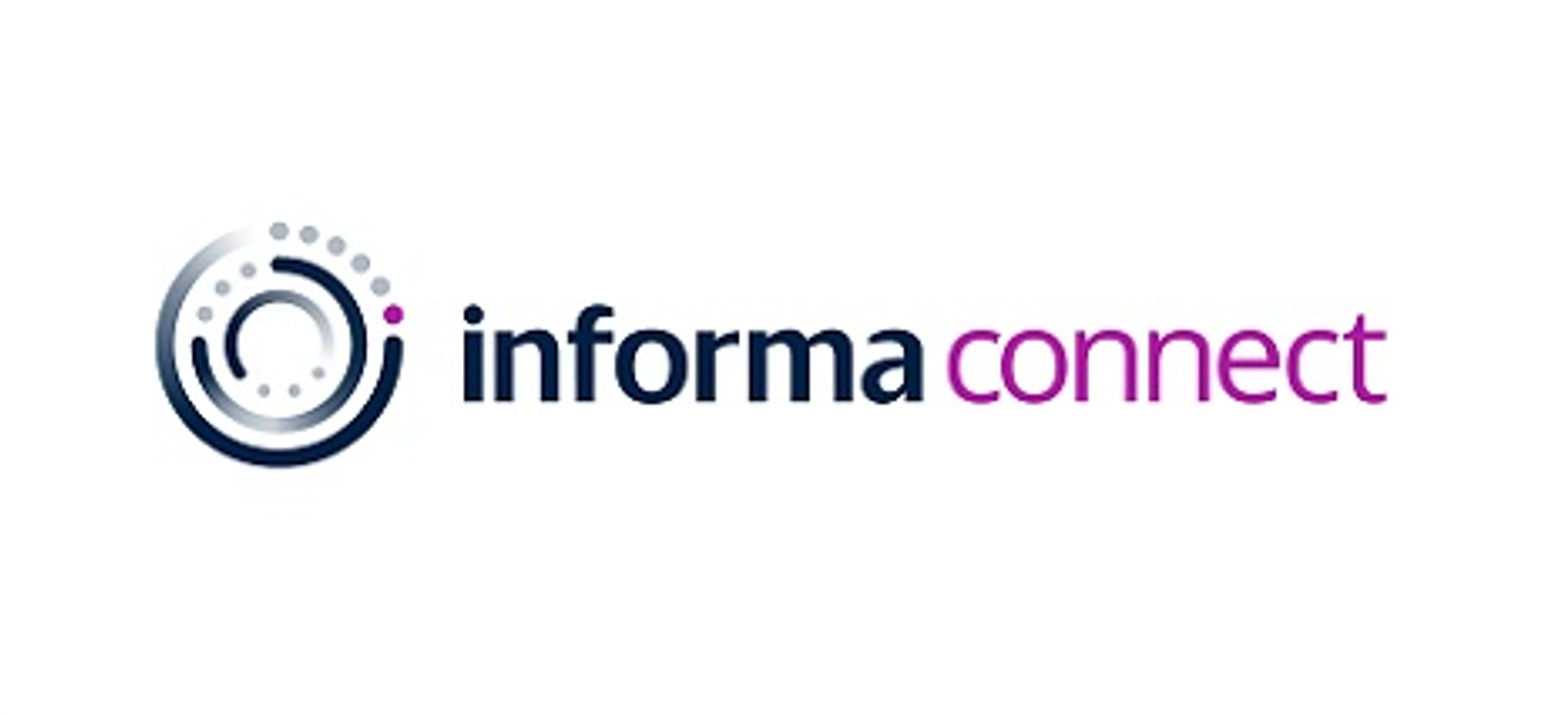The modern educational landscape is evolving rapidly, with educators facing various challenges beyond traditional academic instruction. As an educational psychologist, my focus is on inclusion, well-being, and supporting vulnerable children. These priorities highlight the need to address the trends shaping today’s schools. These trends not only impact student learning but also emphasize the need for more compassionate and cohesive school environments.
1. Inclusive Education: Are We There Yet?
Inclusion has made strides in recent years, but we still face a gap between students being physically present in mainstream classrooms and truly feeling included. Too often, children with special needs or learning differences are part of the class but not in an environment where they can genuinely thrive. Schools need to rethink their approach to inclusion by focusing on professional development for teachers, equipping them with the necessary skills to manage diverse classrooms effectively. This also requires having enough special educators, counselors, and teaching aides to support students with different needs. Additionally, peer education and awareness campaigns can promote understanding and acceptance of diversity, fostering a sense of belonging for all students. Inclusion can succeed, but it requires a concerted effort from schools, educators, and students to build an environment where every student feels valued and supported.
2. Social-Emotional Learning (SEL) as a Necessary Part of the Curriculum
Social-emotional learning (SEL) has emerged as a vital component of the school curriculum, focusing on emotional regulation, empathy, and resilience. For vulnerable children, such as those dealing with trauma or challenging home environments, SEL is key to helping them manage stress and navigate their emotions effectively. SEL is no longer an optional add-on but a critical aspect of holistic education. Schools that integrate SEL into their culture help students develop life skills as important as academic achievements. To make SEL truly effective, educators themselves need to model positive emotional behaviors and continuously reflect on their methods for managing stress and emotional challenges in the classroom.
3. Addressing Trauma Through Trauma-Informed Practices More students are coming to school with histories of trauma, stemming from family instability, neglect, abuse, or socioeconomic difficulties. Trauma-informed practices have become a crucial trend in education, recognizing the profound impact that trauma can have on a child’s ability to learn and behave in a traditional classroom setting. Rather than punishing students for behavioral challenges, trauma-informed education calls for understanding the root cause of these behaviors. Schools that adopt trauma-informed practices create safe, nurturing environments where students feel valued and understood, significantly improving their ability to engage and succeed in school.
4. Building Strong School-Parent Partnerships
Parental involvement has always been essential in education, but today’s schools must go beyond traditional models of parent-teacher communication. Building strong partnerships with families is especially important for parents who may be struggling due to socioeconomic pressures, mental health issues, or a lack of resources to support their child’s learning. Schools must recognize that some parents require additional support to be active participants in their child’s education. This can include offering workshops to help parents manage special educational needs, connecting families with community resources, or providing access to mental health services. By fostering a collaborative relationship between schools and parents, educators can better support student success.
5. Technology as a Trend for Education in 2024
Today technology is more than a tool—it is a fundamental component of education. Schools should increasingly integrate technology into every aspect of learning, from the curriculum to classroom management, especially with the growth of online and hybrid learning models. This trend is not only about engaging students but also about making education more equitable, inclusive, and relevant to today's digital generation. With technology, schools can personalize learning, provide access to resources for students who may not have them at home, and foster a more engaging and interactive learning environment.
6. Digital Literacy as a Core Curriculum Component
We have reached a point where digital literacy is an essential part of the curriculum. This goes beyond simply teaching students to use computers or the internet. Schools must equip students with the skills to navigate the digital world responsibly and safely.
Digital literacy includes understanding social media, the potential consequences of online actions, and maintaining digital security. Schools should also offer courses on coding, data science, and problem-solving to prepare students for the digital economy. Additionally, lessons on identifying and handling cyberbullying are crucial in ensuring that students are not only protected but also equipped to help others who may be facing such issues. By incorporating digital literacy into the core curriculum, schools can better prepare students for the realities of today's connected world, ensuring they have the skills necessary to thrive both academically and personally.
Conclusion
As we move further into 2024, the trends shaping education highlight the need for a more holistic, inclusive, and adaptable approach to teaching. From integrating technology and digital literacy into the curriculum to fostering strong school-parent partnerships, educators are tasked with addressing the diverse needs of their students in an ever-evolving landscape. Prioritizing inclusion, social-emotional learning, and trauma-informed practices will ensure that vulnerable students are supported. At the same time, schools must embrace digital education to stay relevant and engage students meaningfully. By focusing on these key trends, educators can create learning environments that are equitable, empathetic, and tailored to the needs of all students, setting them up for success in both their academic and personal lives.
Author: Massrat Shaikh Educational Psychologist Founder of Kawakib Solutions
Connect – massrat@ahlameducation.com www.massratshailkh.com www.kawakibsolutions.com


